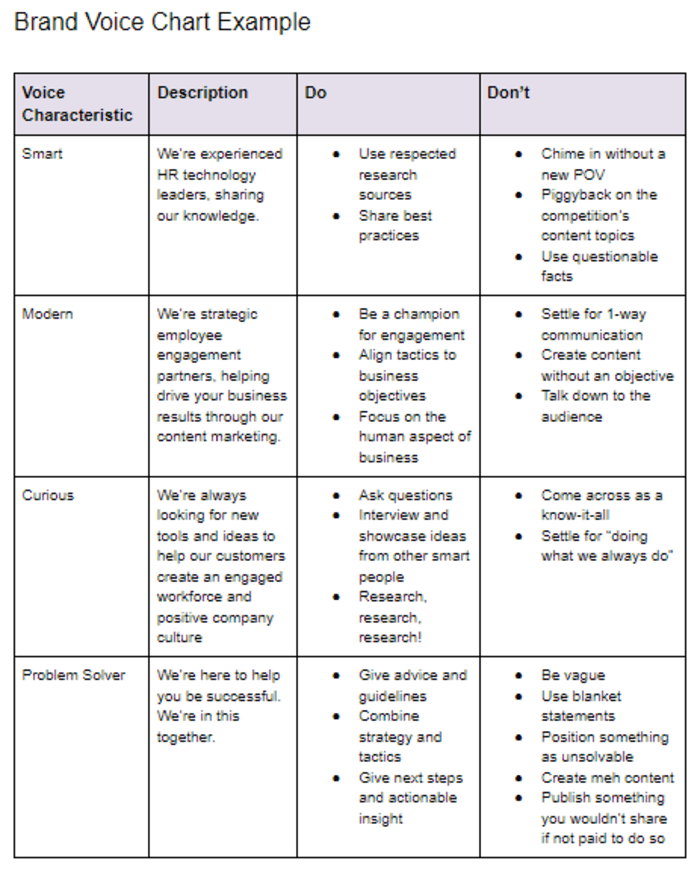In today’s digital landscape, where content reigns supreme, capturing and retaining user attention is crucial. Artificial intelligence (AI) has emerged as a powerful tool for content creation, but AI-generated text can sometimes lack the human touch that builds trust and resonates with audiences. This is where the concept of “AI humanized text” comes in.
Factors Influencing User Perception
Human perception of text is a complex interplay of various factors. Here are three key elements that significantly impact how users receive and trust written content and are crucial for humanizing AI content:
Emotional Tone: Impact on User Engagement and Trust
The emotional tone of a text sets the mood and influences how users engage with it. Content that evokes positive emotions, like excitement or curiosity, is more likely to be perceived as trustworthy and engaging than dry, emotionless text.
Studies have shown that content that triggers emotional responses in readers is more likely to be shared and remembered.
Consider the following example:
- Emotionally Flat Text. “This product effectively cleans surfaces and removes dirt.”
- Emotionally Engaging Text. “Imagine coming home to a sparkling clean kitchen! This powerful product cuts through tough grime and leaves your surfaces spotless, giving you one less chore to worry about.”
The second example uses emotional language (“sparkling clean,” “powerful,” and “one less chore”) to create a positive image and connect with the reader on a personal level.
Using emotionally colored words instead of plain ones is used by almost all the tools that humanize AI content. Truly undetectable AI humanizer services should be able to find and mimic such a tone to let it blend in.
Cultural Context: Understanding Variations in Perception and Trust
Humor, metaphors, or even sentence structures can be misinterpreted across cultures. Understanding the target audience’s cultural background allows for crafting text that resonates effectively. For instance, a metaphor that resonates well in one culture might be entirely confusing in another.
An example illustrates this point:
- Culturally Specific (and Potentially Offensive) Humor (US Context). “This software is so easy to use; even your grandma could master it!”
- Safe Format (Formal Context): “This software is user-friendly and intuitive, making it accessible to individuals of all technical backgrounds.”
The first example uses a humorous reference that might be understood in a casual American context but could be seen as disrespectful in a more formal setting or in cultures where elders are revered.
Language Style: Effectiveness in Building User Confidence
Formal language might lend credibility to academic content, while informal language can be more engaging for social media posts. Using clear, concise, and jargon-free language builds user confidence in the content’s accuracy and reliability.
For example:
- Jargon-Heavy Text. “The product above exhibits high efficacy in contaminant elimination.”
- Clear and Concise Text. “This product removes dirt and grime, leaving your surfaces clean.”
The second example eliminates unnecessary jargon (“aforementioned,” “efficacy,” “contaminant elimination”) and uses more straightforward language for better understanding.
Building Trust Through Humanized Text
Humanizing AI text online involves incorporating elements that make it appear more natural and written by a human. Here are some strategies to achieve this:
Strategies for Incorporating Human Elements into Text
- Varying Sentence Structure – AI-generated text often suffers from monotonous sentence structures. Use a mix of short and long sentences, and incorporate questions or exclamations to add dynamism to the writing. This helps keep the reader engaged and prevents the text from becoming predictable.
- Employing Transitions – smooth transitions between ideas guide the reader and enhance comprehension. Use words like “however,” “furthermore,” or “consequently” to create a logical flow of information. Clear transitions signal how ideas connect and prevent the reader from getting lost in the text.
- Adding Sensory Details – engaging the reader’s senses through descriptive language brings the content to life. Use vivid verbs, rich adjectives, and evocative imagery to paint a picture with words – sensory details allow readers to visualize the described concepts and create a more immersive experience.
- Injecting Humor (if appropriate) – a touch of humor can make content more relatable and memorable, but it’s crucial to ensure it aligns with the overall tone and cultural context. Using humor effectively can lighten the mood, build rapport with the audience, and make the content more enjoyable to read.
Successful Examples of Humanized Text in Marketing and Communication
- Compelling Product Descriptions – infuse product descriptions with human-like storytelling, highlighting the benefits through relatable scenarios and emotional connections. Instead of simply listing features, tell a story about how the product can improve the user’s life.
- Engaging Social Media Posts – social media is a space for casual interaction, so feel free to use informal language, emojis, and trending topics to connect with your audience.
- Well-built Brand Voice – a properly built brand voicing can help any company skyrocket its performance and resonance with the customer. While more formal and official styles can be easily applied by most generative AI models, using a more casual and creative approach might require quite a bit of humanizing.
- Personalized Email Marketing – personalize email marketing campaigns using recipient names and interests and write in a conversational style to foster a sense of connection. People are likelier to trust and engage with content that feels addressed explicitly to them.
Enhancing User Trust Through Advanced Textual Humanization Techniques
- AI-powered Humanization Tools – advances in AI have led to the development of tools specifically designed to humanize AI content. These tools can analyze the artificially generated text and make AI text human-like. They can identify repetitive sentence structures, clichés, and overly formal language, providing suggestions for improvement. While AI can be a valuable asset in the humanization process, it’s important to remember that human expertise and editorial oversight are still crucial for ensuring the text achieves the desired impact.
- Data-Driven Personalization – personalization goes beyond simply using names in emails. By leveraging user data and analytics, content creators can tailor the tone, style, and even the content itself to resonate with specific audience segments. This can involve using different levels of formality, incorporating references to user interests, or highlighting specific product features relevant to individual needs.
- A/B Testing for Optimal Humanization – the effectiveness of humanization techniques can vary depending on the audience and context. A/B testing allows content creators to compare different text versions and see which one performs better in engagement, clicks, or conversions. This data-driven approach helps identify the most effective humanization strategies for specific campaigns and audiences.
While humanizing text is essential for building trust, maintaining authenticity is crucial. Audiences can easily detect inauthentic attempts at humor or forced emotional appeals.
The goal is to create content that feels genuine and reflects the brand’s authentic voice and personality. Here are some tips for ensuring authenticity:
- Maintain Brand Consistency – the humanized voice should align with the overall brand voice and messaging. A brand known for its severe and professional tone shouldn’t suddenly adopt a lighthearted and humorous approach to its content.
- Focus on Value – applying an AI humanizer text generator should not overshadow the core value proposition. The primary purpose of the content is still to inform, educate, or persuade the audience. Ensure the humanized elements complement the message and don’t distract from it.
- Prioritize Transparency – in some cases, it might be beneficial to be transparent about the use of AI-generated content. This can build trust with audiences who appreciate honesty and understand the power of AI in content creation.
Towards Enhanced User Trust: Leveraging Insights on Perception to Humanize Text
By understanding the factors that influence user perception and employing strategies for humanizing text, content creators can build trust and foster deeper connections with their audiences. Advance AI detector and humanizer tools like GPTinf (https://www.gptinf.com/humanize-text) can be valuable in this process.
However, leveraging human expertise and insights into perception is crucial to ensure the text achieves the desired impact. Remember, humanized text is not simply about mimicking human writing style; it’s about creating content that resonates with users on an emotional level, fosters trust, and achieves the desired communication goals.
As AI technology continues to evolve, so will humanization tools’ capabilities. We can expect to see even more models that will leverage AI for humanizing text, which is highly nuanced and contextually aware.
Additionally, advancements in natural language processing (NLP) will allow for a deeper understanding of user intent and preferences, enabling the creation of hyper-personalized content that resonates with individual users on a deeper level.
The future of humanized text is bright, and it holds the potential to revolutionize the way we communicate and connect with audiences in the digital age.


